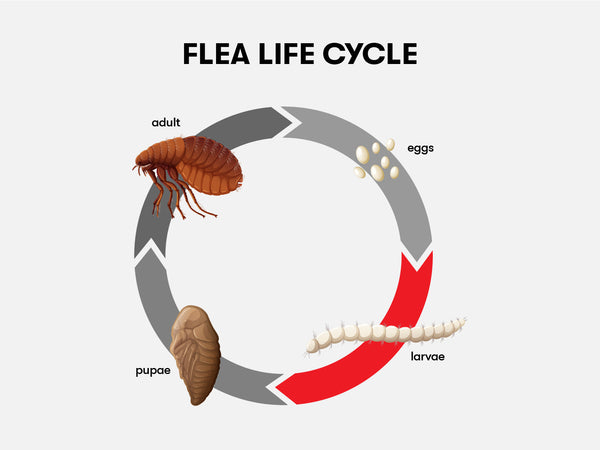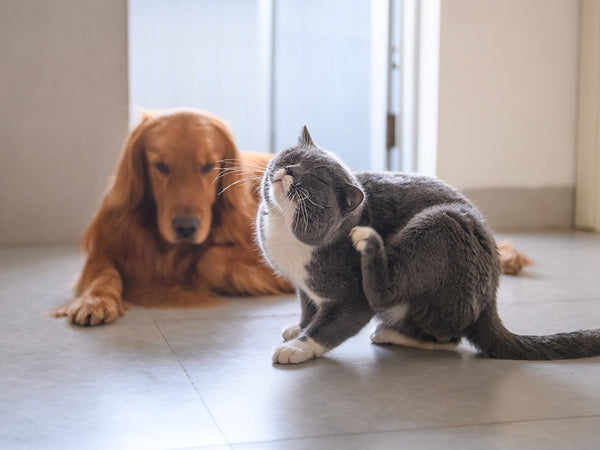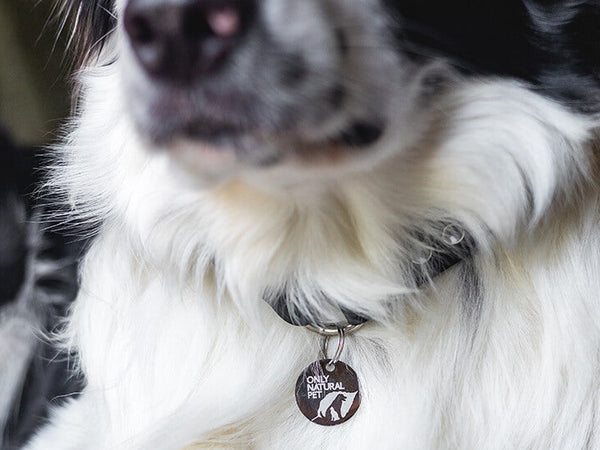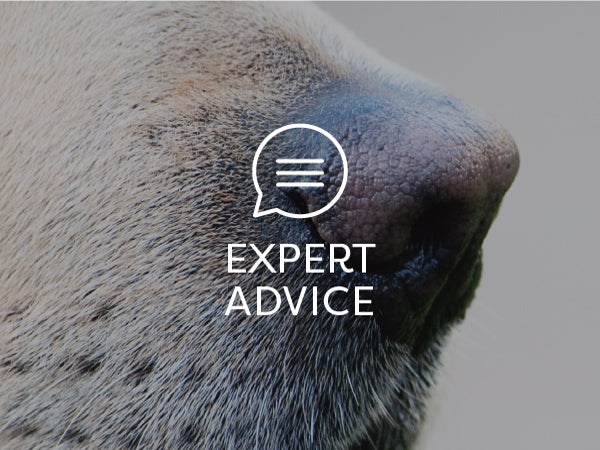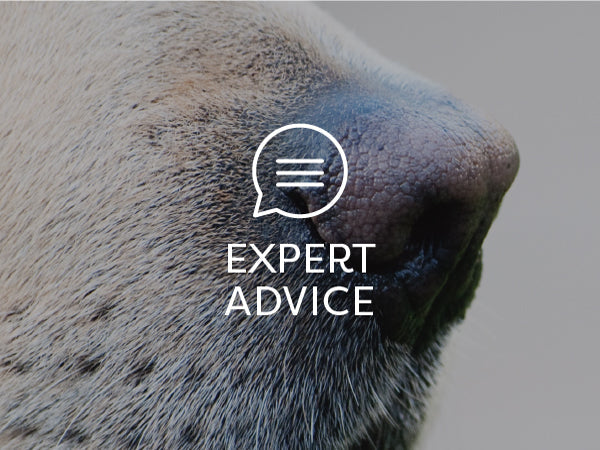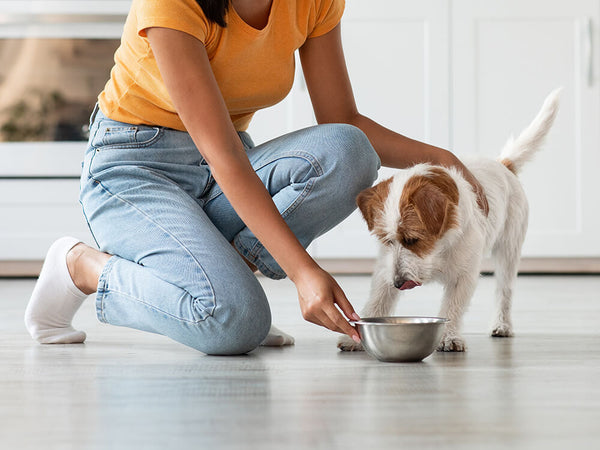Dental Care Tips & Remedies for Dogs & Cats
Written by: Dr. Jean Hofve, Holistic Veterinarian, DVM
Why Dental Care Is Important
Keeping your dog or cat’s teeth and gums healthy will go a long way to preventing not only bad breath, tooth infections, and tooth pain, but also more serious chronic conditions such as kidney disease, liver disease, heart conditions and even joint health for dogs and cats.
The normal adult dog has 42 teeth, while the adult cat has 30. These carnivorous (meat-eating) teeth are very sharp and highly specialized. In the wild, these teeth would perform a variety of tasks such as:
- Grooming (the 6 small incisors at the front of each jaw)
- Grasping and killing prey (the 4 long canines, also called "fangs")
- Crushing and shearing the meat off the prey's bones to eat (the pointy molars and premolars along the sides of the jaws, also called "cheek teeth").
In the wild, the carnivore’s diet and eating habits keep the teeth clean and strong. However, the typical diet of a domestic pet — typically commercial dry or canned food — does not. Therefore, proper dental care throughout your pet's life is essential to optimal health.
Different Types of Teeth Problems
Dental disease is the #1 most common health problem seen by veterinarians. By age 3, virtually all dogs and cats have some degree of dental disease, ranging from a mild accumulation of tartar to severe infection and tooth loss. All pets benefit from an annual dental exam and cleaning, but it is also important for you to take care of your pet's teeth at home to help prevent these common problems.
Plaque and Tartar
Within hours after brushing or cleaning, bacteria start to re-colonize the surface of the teeth. They secrete substances to attach themselves more firmly, and to protect themselves from your pet's immune system. The combination of bacteria and their secretions is called plaque. If plaque is not removed, minerals in the saliva turn it into calculus, more commonly called tartar, within 48 hours.
Gingivitis and Teeth Decay
Some of the substances secreted by mouth bacteria cause inflammation of the gums (gingiva), resulting in gingivitis. Untreated, inflammation can progress and even break down tissues in the mouth, leading to periodontal disease. Eventually, infection and erosion cause the teeth to decay, abscess or fracture. Decayed, broken, and abscessed teeth are very painful, and may hinder the animal from taking in enough nourishment. They also deteriorate the pet's quality of life.
There are other serious health risks associated with tooth decay. Bacteria living in these "slums" can enter the bloodstream and seed infection in critical organs like the heart, liver, and kidneys, causing inflammation in joints and other areas. In my personal experience, many cranky critters have become happy and playful again after correcting hidden dental problems.
Is My Dog or Cat Prone to Dental Disease?
While diet plays a role in dental disease, there is also a genetic component. Some breeds, such as Abyssinian cats and toy-breed dogs, tend to develop severe gingivitis. Bulldogs, boxers, pugs, and Persian cats often have overcrowded, cavity-prone teeth due to their "smushed" faces. Some pets may need very little dental care, while others might require full cleanings under anesthesia once or even twice a year.
Excellent dental health requires help from your veterinarian as well as a firm commitment to home care from you. If your pet already has dental disease, the first step is to have his teeth cleaned under anesthesia by your veterinarian. While no surgery is risk-free, modern anesthetics, and appropriate monitoring and supportive care, make this a very low risk procedure, even for older pets (who usually need it the most!).
Home Remedies for Dog and Cat Teeth Problems
Steps to prevention of dental and periodontal disease:
1. Feed the Right Diet
A healthy diet is important for dental health, just as it is for overall well-being. The healthier the animal, the better the immune system, and the less infection will develop. A meat-based diet is essential as meat helps maintain a healthier mouth environment.
Let’s take a look at some common diet myths and truths:
- “Dry food cleans the teeth.” Dry food may produce slightly less tartar than canned food, but pets eating only dry food develop the same dental problems as those who “never touch the stuff.” A few dry foods do live up to the claim, but they consist of very large, specially-textured kibbles designed to fracture so that the fragments scrape tartar off the teeth. However, kibbles are high in sugars, starches, carbohydrates, and processed ingredients, with low moisture. Because of the health risks associated with corn-based foods, including obesity and diabetes, we don’t recommend them. We recommend feeding a healthy, meat-based, natural dog food or natural cat food diet packed full of nutrients your pet needs to thrive.
- “Green tea helps bad breath.” Products with natural breath-freshening ingredients, such as anise and chlorophyll, may help support normal periodontal health. Research from the past decade has demonstrated that a number of substances in green tea support healthy teeth. Polyphenols in green tea can also help support a normal inflammatory response and support gum tissue health.
- “Prebiotics can help dental problems.” Keeping your dog’s breath fresh starts on the inside. Poor digestion can sometimes be a factor leading to bad breath. A natural ingredient pet parents will find in more complete dental products is the digestive aid FOS (fructooligosaccharide). FOS is a prebiotic that can help support your pet's dental health. FOS is found in some GI support for dogs products.
2. Brush Your Pet’s Teeth Regularly
The best way of removing plaque and preventing dental disease at home is brushing the teeth. Ideally, you should brush your pet's teeth daily. Brushing removes plaque outside the crown (above-gum portion) of the tooth, stimulating the gums to keep them healthy. However, plaque can still accumulate below the gum line; so an annual check-up is still essential to your pet's dental health. Even if you don't see any problems, it is best to have your pet's teeth professionally cleaned prior to beginning a home-care program, to make sure there are no painful areas in the mouth that might jeopardize your success.
Your veterinarian can show you how to brush your pet's teeth, but it may still turn into a battle at home, which is the last thing you want! Here are a few tips to get you going:
- Buy a finger brush and toothpaste designed for pets. Do not use a human brush or even a pet brush on a stick; these can severely injure the gums without you knowing it (other than by your pet's very negative reaction!). A finger brush is a soft plastic cone with bristles on one side that fits over the tip of your finger. It is very safe and can make brushing tolerable or even pleasant for your pet.
- Cats especially love having their faces rubbed at the corners of the mouth (because of the scent glands there), and most dogs tolerate it and even enjoy it. Gently rubbing in that area is a good place to start. Each time you do, run your finger a little farther forward along the lips.
- Gradually extend your rubbing by slipping your finger under the lips and massaging the gums gently. Take this step slowly and back off immediately if your pet objects. You don't want to make this an unpleasant experience, so let the pet dictate how fast you progress.
- Put a little pet toothpaste (never human toothpaste!) on your finger when you're rubbing. Most pets love the taste.
- Put the brush on your finger with a little toothpaste. This will be only slightly different from what you've been doing and should be tolerated. If not, remove the brush and go back a step. A piece of damp gauze can substitute for the finger brush.
It's best to brush every day; if you miss a day, it's not a crisis. However, if you plan to brush every other day, and then miss a session, you've lost several days that cannot be reclaimed, and plaque will have a good head start.
3. Dental Care Products
There are many dental care products marketed for pets. Oral rinses gels, and water additives will not control plaque by themselves, although they will help with general dental hygiene. The following are my favorite dental products for pets, based on experience and recommendations from veterinary dental experts:
- Only Natural Pet All Smiles Oral Care Spray is a convenient way to aid dental health with one spray a day.
- Triple Pet Dental Care Kit for Pets include specially designed pet toothbrushes and pastes. It contains a natural compound that works to soften hard tartar that forms on the teeth and gums.
- ProDen Plaque Off Powder for Dogs and Cats is another food additive that promotes dental health.
- True Blue Dental Wipes, while not as good as a thorough brushing, can be useful when time is short or when you’re traveling.
Most dog chews, including nylon bones, rawhide bones, hooves, real bones, and other hard chews, tend not to significantly reduce plaque accumulation, and some can actually cause a dog's teeth to fracture. Broken teeth are a source of infection and pain to the dog, and expense to you when they have to be extracted. If a dog swallows a chunk of any of them, it can cause a life-threatening intestinal blockage. If your dog is a chewer, make sure to choose natural dog bones and chews.
If you have a “ball dog,” don't let it chew on tennis balls; the tough synthetic “fuzz” rapidly wears teeth down. Thin chews, such as rawhide strips and pig ears, are fine, and may benefit by mechanically abrading off the tartar, but be aware they add quite a bit of fat to the diet.
Most treats do not do much for dental health, even if they are labeled "Tartar Control." The exception to the rule is Feline Greenies Dental Treats for Cats, which I can tell you from personal experience can work wonders in just a few weeks.
4. Schedule Regular Dental Check Ups
Regular check ups are vitally important, especially for the older animal. At least once a month, you can give your pet a general dental wellness check; be sure to lift the lips enough to see the farthest-back teeth, which are often the source of trouble. If you smell an unpleasant odor, see any redness in the gums, or find a lot of tartar buildup on the teeth, then seek the help of a veterinarian.
Dog supplements with Vitamin C and CoEnzyme Q10 can help promote the health and healing of gum tissue as well. Every 6-12 months (depending on your pet's age and history), have your vet do a complete wellness exam and thorough assessment of the mouth.
5. Visit Your Veterinarian for Dental Procedures
If your veterinarian finds tartar build-up or any periodontal disease, consider having a full dental cleaning performed under anesthesia. Your companion will definitely benefit from a healthier and much more comfortable mouth. No matter the age or health of your pet, if there is significant dental disease, it is much preferable to have your vet take care of the problem than to let the problem get worse and cause pain and suffering to your pet.
Great dental care can be the best gift you can give your companion. It requires a commitment of time and effort on your part, but it goes a long, long way toward preventing disease and discomfort; it will help keep your pet healthy and undoubtedly extend her life.




















